The History of Women in Baseball
Women have been playing baseball almost as long as men have. Their long connection with the game began in the 1860s and has continued through the efforts of individual pioneers like Amanda Clement, Jackie Mitchell, Toni Stone, Maria Pepe, and Ila Borders.
Timeline

1866: The first organized team of women players is formed when Vassar College, then an all-women’s college, starts its first baseball team. The Vassar Resolutes’ uniform will consist of ankle-length dresses made of wool. (Women of this era are expected to wear dresses at all times, even if they are participating in physical exercise.) Sadly, the team will be forced to disband in 1878 because of parents’ concerns over the safety of baseball for their daughters.
1898: Lizzie Arlington became what is believed to be the first woman to play on a men’s professional team, appearing for the Philadelphia Reserves, as well as the minor league Reading Coal Heavers, where she pitched one inning with two hits, one walk, and no runs. After not being allowed to appear in another game with Reading, Arlington's career came to an end.
1904: 16-year-old Amanda Clement becomes the first female ever paid to umpire a baseball game. Each summer, she will umpire about 50 games, receiving between $15 and $25 per game. She will become a gate attraction, with some fans coming out specifically to watch her umpire. She will leave baseball in 1910, having earned enough money to pay for her college education.
Early 1900s: At the age of 17, Alta Weiss joins a men’s semi-professional team, known as the Vermillion Independents. For her debut, a crowd of over 1,200 fans comes out to watch her pitch. Weiss becomes a sensation, causing special trains to be arranged so that large groups of fans can travel to attend her games. Like Amanda Clement, she earns good money through baseball, and uses it to further her education. The money that Weiss will earn as a pitcher will enable her to attend medical school and become a doctor.
1911: Helene Britton becomes the first female owner of a major league team, assuming the presidency of the St. Louis Cardinals on March 28. After Britton's uncle Stanley Robison passes away on March 24, 1911, she is named the recipient of three-fourths of his estate, including all of the St. Louis club’s stock. Britton will remain the owner of the Cardinals until 1918, when she sells the team and ballpark to Sam Breadon.
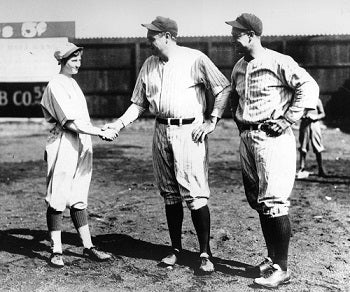
1920: The 19th amendment is added to the Constitution, finally giving women the right to vote in political elections. (It is important to remember that African-American women and other women of color are often unable to benefit from this change in the law due to racist policies.)
Following the 19th amendment, America will enter a period of social and political change, with women challenging gender expectations by wearing more revealing clothes and cutting their hair short.
1931: 16-year-old Jackie Mitchell signs a contract with a men’s minor league team, the Chattanooga Lookouts. Soon after, the Lookouts will stage an exhibition game against the NY Yankees, arranging for Mitchell to pitch against Babe Ruth and Lou Gehrig. Mitchell will strike out both Hall of Famers. Some skeptics will claim that the event was staged, but Mitchell will maintain under her death that she simply surprised them with her tough sinkerball.
One week later, Commissioner Landis will rule that Mitchell’s contract is null and void, beginning a ban of women players that will last until 1993.
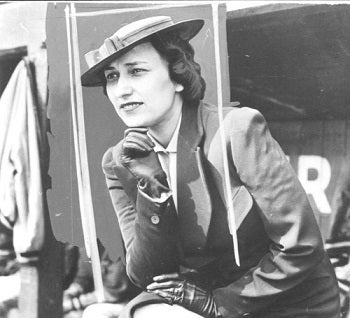
1935: Effa Manley and her husband Abe purchase the Brooklyn Eagles, a Negro Leagues franchise that they will soon move to Newark. Manley will run the business operations of the Eagles, managing the payroll and negotiating contracts with the players. She will work to improve conditions for players, including the securing of the best available hotel accommodations at a time when many hotels are segregated. Manley will also become an active force in the Civil Rights Movement.
1943: Chicago Cubs owner Phil Wrigley, concerned about the negative impact of World War II on baseball, forms the All-American Girls Professional Softball League.
The league will soon switch to baseball and become known as the All-American Girls Professional Baseball League (AAGPBL). At tryouts in Chicago, 280 women attend, but only 60 will make the final cut. The players will be fitted with skirted uniforms, told to wear makeup, and required to attend charm school, all part of an effort to maintain a “ladylike” image of being feminine and proper.
Early 1950s: Denied the chance to play in the AAGPBL, Black women find a place to play in the Negro Leagues. Three women will play in the Negro Leagues - Toni Stone, Mamie Johnson, and Connie Morgan - ostensibly as a way to improve dwindling attendance at games.
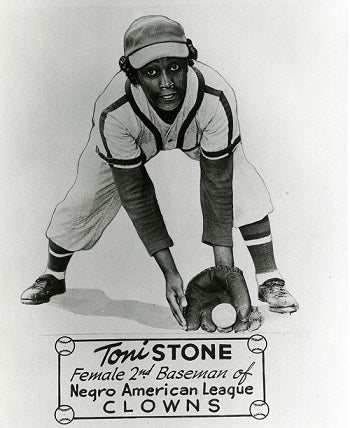
1972: Despite improvements stemming from the Women’s Liberation Movement, problems remain, including a lack of equality in Little League Baseball. A New Jersey girl, Maria Pepe, sues Little League Baseball in order to play. The Supreme Court will rule that Little League must give girls the opportunity to try out.
Out of this ruling will come another ruling, called Title IX, stating that no one will be discriminated against on the basis of gender within schools, ensuring that high schools and colleges cannot exclude females from participating in varsity sports.
1992: Camden Yards, the creation of Baltimore Orioles executive Janet Marie Smith, opens in Baltimore. Smith directed the design of the ballpark, now regarded as the pioneer of a new era of major league parks.
1994: Ila Borders becomes the first woman to pitch in a men’s college baseball game. Three years later, she will sign a professional contract with the St. Paul Saints of the independent Northern League.
1994: Two years after the movie, A League of Their Own, becomes a sensation, professional women’s baseball returns when the Colorado Silver Bullets are formed. It is an all-women’s team managed by Hall of Fame pitcher Phil Niekro. Approximately 1,300 women try out for the team, but only 24 will make the final roster.
2006: Effa Manley becomes the first woman inducted into the Baseball Hall of Fame.

2014: Mo’ne Davis of Philadelphia becomes the first girl to win a game and pitch a shutout in the history of the Little League World Series, drawing national attention for girls in amateur baseball.
2017: Claire Smith is named the winner of the prestigious BBWAA Career Excellence Award. She is the first woman to receive the honor.
2020: The San Francisco Giants hire Alyssa Nakken as an on-field coach, making her the first female to hold such a position in the history of the major leagues.
2020: The Miami Marlins hire Kim Ng as their new general manager. A longtime executive, Ng becomes the first woman to serve as a GM in the major leagues.
2021: Rachel Balkovec takes the helm as manager of the New York Yankees’ affiliate in Tampa, FL. Balkovec becomes the first fulltime female manager of a minor league team affiliated with MLB.
2021: The Boston Red Sox hire Bianca Smith as a minor league coach, making her the first Black woman to serve as a coach in the history of professional baseball.
2022: Joining the Staten Island FerryHawks of the Atlantic League, Kelsie Whitmore becomes the first female player to sign a contract with a league affiliated with Major League Baseball.
2023: Olivia Pichardo becomes the first woman to appear in an NCAA Division I baseball game when she pinch-hit for Brown University.
2024: The Oakland A’s announce that Jenny Cavnar will become the first woman in major league history to serve as a team’s regular play-by-play broadcaster.
Additional Resources
IN THE MUSEUM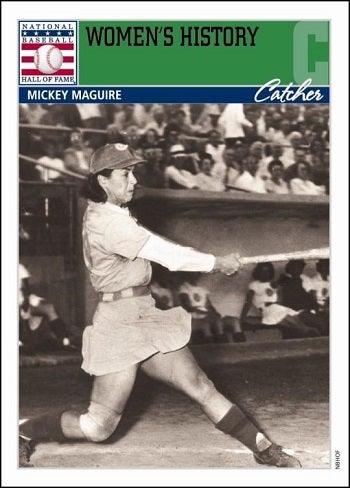
“Diamond Dreams: Women in Baseball” This popular exhibit traces women's roles in the game from 19th-century ballclubs to their present-day involvement – on the field and in baseball's front offices and broadcast booths.
EDUCATION PROGRAMS
“Women’s History: Dirt on their Skirts” In this unit, students will analyze milestones and events in the history of women and girls in baseball to determine how their achievements led to greater opportunities for all.
STORIES
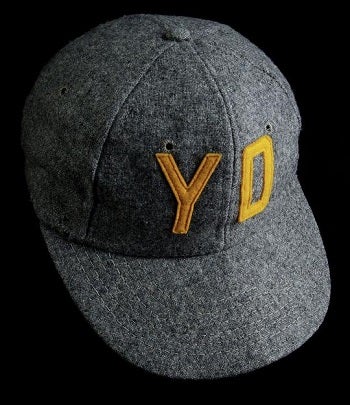
The past and present of women in baseball Stories that highlight the lives and careers of women in baseball through moments in history and museum artifacts.
VIDEOS
Videos that highlight the history of women in baseball These videos feature virtual programs, exhibit spotlights and a Hall of Famer biography.
SCHOOL RESOURCE KITS
Available for Intermediate Level classrooms (Grades 6-8) Each School Resource Kit contains books, facsimile objects from the Hall of Fame Archives and Collections, school supplies, printed materials, lesson plans, virtual resources and a 3-D reproduction of an artifact. The kits are available at no cost to public schools, while supplies last.
